Floor covering classification: UPEC, ISO 10874 and fire rating standards
If you're looking to invest in a professional floor covering, it's important to know the different criteria that will help you choose the right one. You'll need to take into account location, size, thickness and use, as well as its classification.
What is floor covering classification?
NEOSOL, expert in floor coverings for professionals, explains what this classification consists of and tells you more aboutthe quality standards you need to know to choose the mat best suited to your environment.
Floor covering grading: what is it?
Floor covering grading determines the mat's level of performance in relation to a given location. The aim is to guarantee the durability of your mat, taking into account the number of times it is used. The location of your floor mat or mat will therefore be an important criterion to take into account before buying a covering, because: a dirt-repellent entrance mat will not have the same classification as a grating. This is why you need to take into account the different characteristics of the mat and understand the 2 classification standards that exist: the UPEC standard and the EN ISO 10874 standard and fire classification.
UPEC classification: the French flooring standard
The NF - UPEC label is a product quality certificate awarded by manufacturers of floor coverings such as professional mats and r ugs. This standard enables us to determine the resistance of a mat based on a number of factors .
In fact, the UPEC classification is made up of 2 types of indicators. You have :
1. Classification of establishments and type of deterioration:
Before choosing your mat, you need to know which categories your establishment falls into: residential, office, commercial, hotel, hospital and nursing home, educational, railway station and airport .
Each part of your premises will then be classified into 4 degradation groups. These groups cover the various types of damage a floor mat can suffer.
- Ufor wear: soiling, heavy traffic.
- Efor water: humid environment, water resistance.
- Cfor chemical: corrosive, flammable products.
- Pfor punching: falling objects, deformation of mat, furniture, etc.
2. The risk linked to the degradation factor:
Each type of degradation has a number which indicates the intensity of the mat's degradation:
- 1: low,
- 2: normal,
- 3: high,
- 4: very high.
Each letter is accompanied by a 4-digit number. To illustrate this combination, let's take the example of an entrance mat. There are several types of entrance mat, and to choose the one best suited to your establishment and its location, you can obtain the following combination:U3, P3, E2, C2, etc.
You should also know that this French standard is not mandatory. You'll find floor mats that don't carry this mark. It isimportant to understand that the absence of this mark does not mean that the product is not of good quality or that it does not conform.
EN ISO 10874: the European standard for textile and laminate floor coverings
This European standard covers resilient (vinyl and linoleum), textile and laminate floor coverings. As with the French UPEC standard, ISO 10874 is linked to mat use, location and traffic intensity. Divided into 3 sections: domestic, commercial and industrial, EN ISO 10874 floor coverings are then classified by type of use:
- moderate: light traffic,
- general: medium to heavy traffic,
- high: heavy traffic,
- very high: very heavy traffic.
Fire classification of floor coverings
Another floor covering classification that is also important to take into account is the fire rating (standard NF P. 92. 507). Established by the Centre Scientifique et Technique du Bâtiment (CSTB), this classification grades floor, wall and ceiling materials according to their reaction to fire. There are 5 categories defining the reaction to fire of floor coverings: M0 (hardly flammable), M1, M2, M3 and M4 (easily flammable).
A second standard was issued following a decree of November 22, 2002, this time European. Called Euroclasses, they divide materials into 2 parts, floors and other products (walls, ceilings), which are then coded by the letters :
- A:no contribution to fire,
- B:very limited contribution,
- C: limited contribution ,
- D: acceptable contribution ,
- E: acceptable reaction ,
- F: no reaction to fire performance.
These standards are sometimes difficult to understand, but they enable you to choose the floor covering that is best suited to your working environment. That's why it's so important to be familiar with them. For the comfort and safety of your employees and the public, but also for the durability and quality of the product, NEOSOL has chosen to offer you regulated and tested professional mats to give you the best in professional mats.
NEED ADVICE?
Contact Solène
![Fire classification, UPEC and ISO 10874 standards Fire classification, UPEC and ISO 10874 standards]() Fire classification, UPEC and ISO 10874 standardsFire rating and quality standards should be one of the main criteria to consider before buying professional flooring. Find out why with NEOSOL.Read More
Fire classification, UPEC and ISO 10874 standardsFire rating and quality standards should be one of the main criteria to consider before buying professional flooring. Find out why with NEOSOL.Read More![Static electricity risks and solutions Static electricity risks and solutions]() Static electricity risks and solutionsHow dangerous is static electricity for employees? How do industries reduce the risks associated with electrostatic discharge?Read More
Static electricity risks and solutionsHow dangerous is static electricity for employees? How do industries reduce the risks associated with electrostatic discharge?Read More![Professional mats: how to care for them? Professional mats: how to care for them?]() Professional mats: how to care for them?Professional mat maintenance is essential to maintain the longevity of your mat and the safety of passers-by. NEOSOL, the flooring expert, reveals its different maintenance methods.Read More
Professional mats: how to care for them?Professional mat maintenance is essential to maintain the longevity of your mat and the safety of passers-by. NEOSOL, the flooring expert, reveals its different maintenance methods.Read More![Accessibility and ERP: how do I know if I'm in compliance? Accessibility and ERP: how do I know if I'm in compliance?]() Accessibility and ERP: how do I know if I'm in compliance?Accessibility must be a priority for every ERP. But you still need to know if you're in compliance. To help you, NeoSol, the professional flooring specialist, tells you more.Read More
Accessibility and ERP: how do I know if I'm in compliance?Accessibility must be a priority for every ERP. But you still need to know if you're in compliance. To help you, NeoSol, the professional flooring specialist, tells you more.Read More
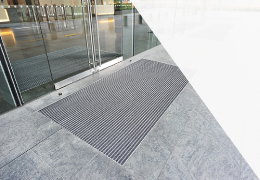
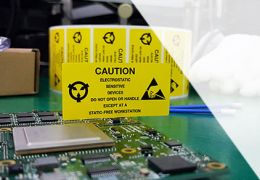
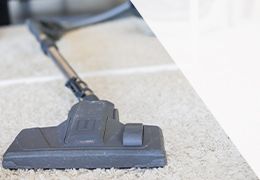

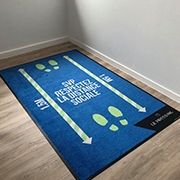

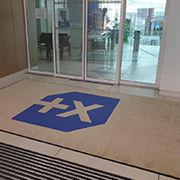
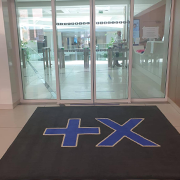
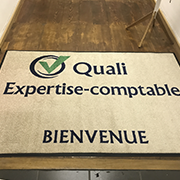
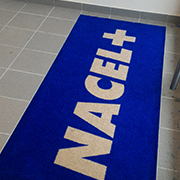

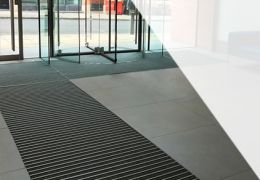
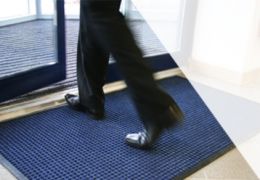

Leave a comment